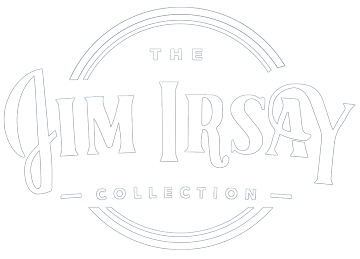c. 1950 Epiphone Electar Zephyr Hawaiian Lap Steel
Lap steel guitars, or Hawaiian guitars, originated in the Hawaiian Islands near the end of the 19th century and became popular throughout the United States in the 1910s. Lap steels are played sitting across the player’s lap using a steel bar (also called the “steel,” “slide,” or “tone bar”), which is pressed against the strings while they are plucked using a finger picking technique.
With the advent of the Rickenbacker electric lap steel guitar in the early 1930s, other companies soon entered into the electrification business. By the end of the 1930s, Epiphone had released its Electar (“electric guitar”) Model M Lap Steel, which used a horseshoe-magnet pickup to convert string vibrations into electricity. . By 1950, Epiphone sold several models of electric lap steels, including the high-end Zephyr and the mid-priced Century (both available in 6, 7, or 8 strings), as well as the short-lived Kent lap steel, which featured a lower price point for those on a budget.


























